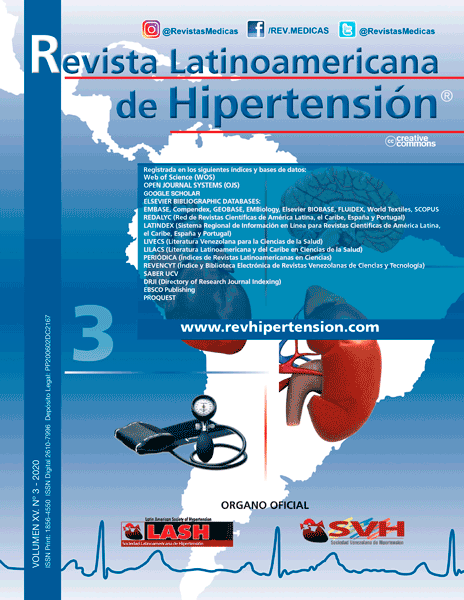Usefulness of calcium score and computed tomography images in patients with nonspecific chest pain: A case report
Palabras clave:
Calcium score, coronary artery, cardiac catheterization, angioplasty, coronary stentResumen
Coronary calcium is a marker of the presence and extent of atherosclerosis, capable of providing prognostic information in addition to traditional risk factors. Additionally, the coronary calcium test has as an associated descriptor the calcium score or calcium score (Cs) which is useful, mainly, for the risk stratification of asymptomatic patients, whereas in patients with acute or chronic chest pain, it is required, usually, coronary axial computed tomography. In this article, we present the clinical case of a 59-year-old male patient with a history of chronic hypertension and mixed hyperlipidemia who consults for presenting non-specific chest discomfort, without irradiation, of 3 months of evolution, which has been progressively increasing and exacerbated with intense effort; while it improves with rest. No abnormalities suggestive of myocardial ischemia was observed on the 12-lead surface electrocardiogram. A quantification of the Cs is performed, which reports a total value of 350 Hounsfield units (HU) equivalent to acute coronary disease. Due to the high volume, mass and concentration of calcium in a single artery, located at 310 HU in the right descending coronary artery (ADA), together with the clinical and risk factors, it was decided to perform a cardiac catheterization with a finding of 90 % in the proximal segment of the ADA, followed by the respective coronary angioplasty and coronary stent implantation processes.

